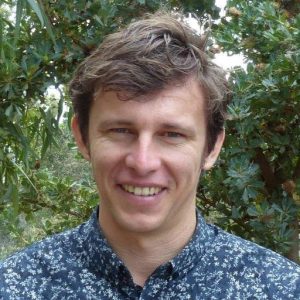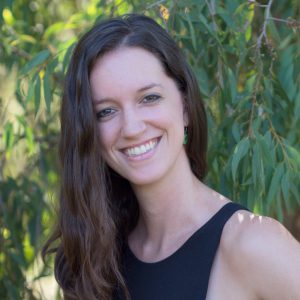Do you want to submerge yourself into research on Blue Carbon?
Well, you can in the lab and/or in the field! Come along and join the coring campaign around Melbourne (Victoria) and help with the processing of samples in the lab.
What is it all about?
Removal of atmospheric CO2 through biosequestration is necessary to keep global warming under control and move world to a low-carbon economy. Australian coastal wetlands present a huge blue capital worth billions of dollars (see Lavery 2013). These blue ecosystems can pull down atmospheric CO2 and store it within coastal vegetation (seagrasses, saltmarshes, mangroves) for years to come.

Upcoming opportunities:
- Ongoing at Deakin Burwood [Labwork/ Contact Pawel]
- From 10/Dec to 13/Dec at Deakin Burwood [Labwork/ Contact Stacey]
- On 15/Dec/2018 to Warneet Reserve [Fieldwork/ Contact Pawel]
- On 17/Dec/2018 to Limeburners [Fieldwork/ Contact Pawel]
- On 20/Dec/2018 to French Island [Fieldwork/ Contact Pawel]
Research with Pawel
As part of his job as a research assistant at Blue Carbon Lab, Pawel leads the 2018 coring campaign to assess the carbon stock and carbon sequestration rate across multiple locations in Victoria and multiple Blue Carbon ecosystems (seagrass meadows, saltmarsh and mangroves).
Pawel is also doing a lot of soil/sediment core processing over next few months Nov 2018 – May 2019 (not date specific, so could fit your schedule better) and any help will be much appreciated.
Contact: p.waryszak@deakin.edu.au / 0410305034
Research with Stacey
Stacey’s main project is looking at decomposition in wetlands, a key process in the carbon cycle that turns plant carbon into soil carbon. She is currently running a month-long project in the lab comparing decay rates under different temperatures and needs your help from 10-14 December. See our TeaComposition H2O website for more details on the project.
Contact: s.trevathantackett@deakin.edu.au


